Dragon fruit (Hylocereus spp.), also known as pitaya, is a stunning, vining cactus known not only for its vibrant, exotic fruits but also for its dramatic night-blooming flowers. For home gardeners, the sight of the plant’s large, fragrant blooms is both rewarding and exciting—each flower signaling the promise of a delicious fruit to come. However, one of the most common frustrations for growers is a lack of flowering. Fortunately, with the right techniques and environmental adjustments, you can successfully encourage more flowers on your dragon fruit plant.
This guide breaks down everything you need to know—from plant health and climate requirements to pruning and pollination—to turn your dragon fruit into a flowering powerhouse.
Understanding Dragon Fruit Flowering Behavior
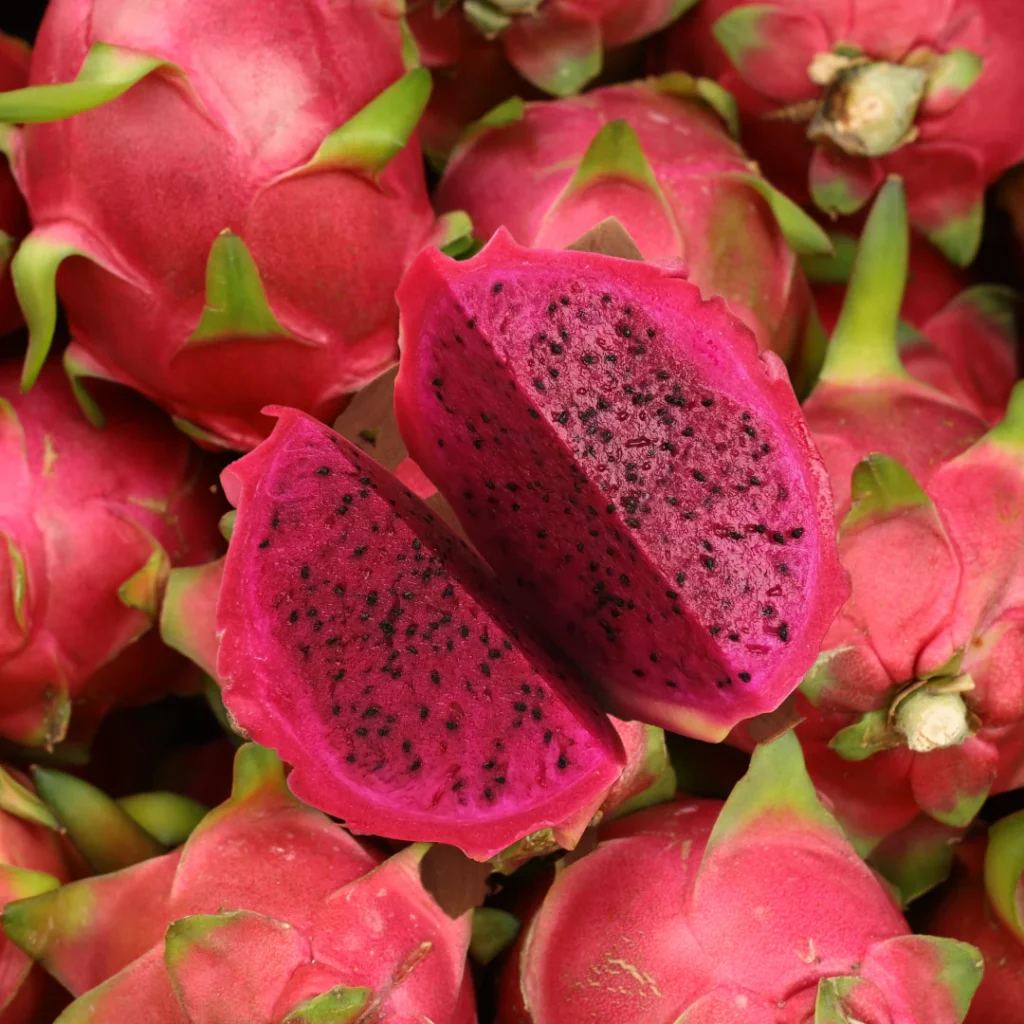
Before you can increase flowering, it’s important to understand the natural rhythm of the dragon fruit plant. As a tropical cactus, it thrives in warm, sunny conditions and typically flowers in late spring through summer, depending on local climate. The flowers are short-lived—blooming overnight and wilting by morning—but are large (up to 30 cm) and capable of producing fruit within 30–50 days after pollination.
Key factors that influence flowering:
- Plant maturity: Dragon fruit typically begins flowering when it’s 1.5 to 2 years old.
- Day length and temperature: It is a long-day plant; it responds to longer daylight hours and warm temperatures.
- Nutrient availability: A balance of nitrogen, phosphorus, and potassium is essential.
- Support structures: Since it’s a climbing cactus, proper vertical support improves light access and flower formation.
Step-by-Step Guide to Encouraging More Flowers
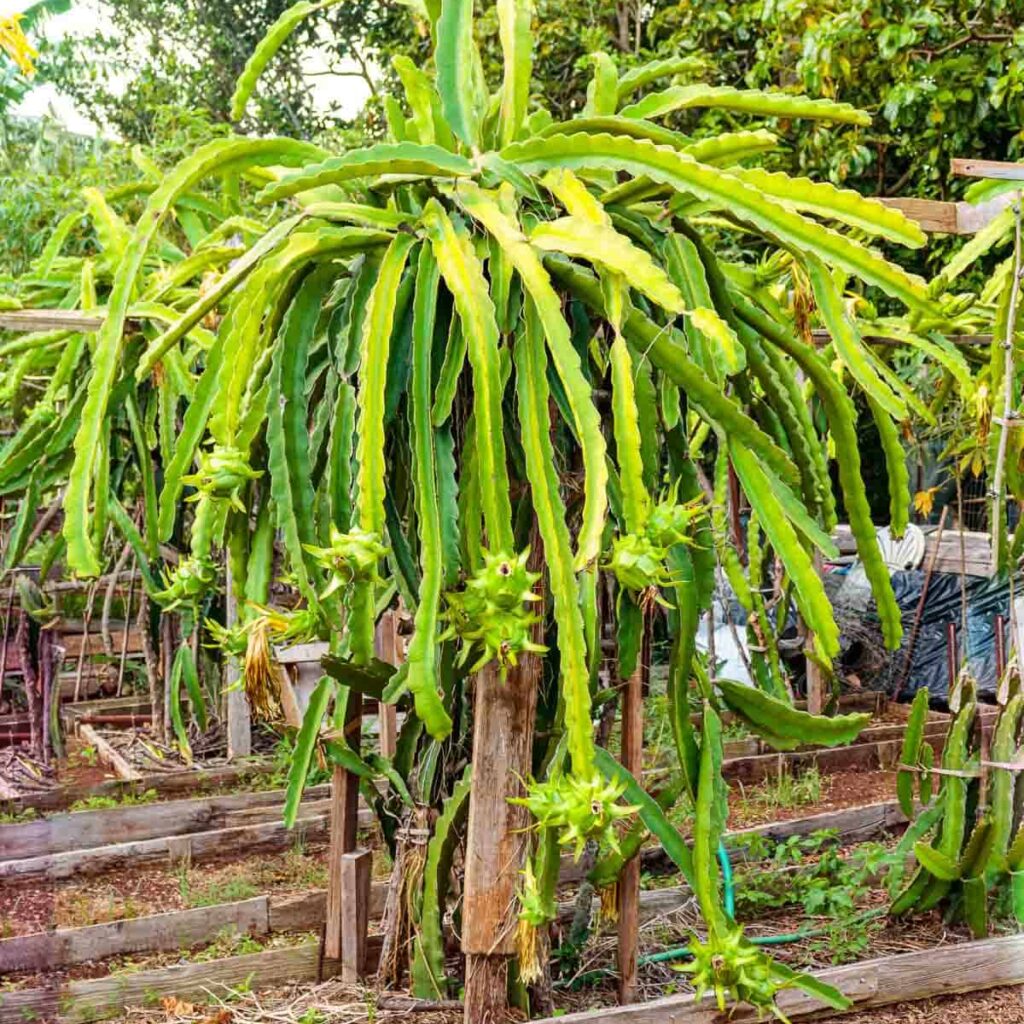
1. Ensure Plant Maturity
If your dragon fruit is still young (less than 12–18 months old), patience is key. Immature plants won’t flower heavily, even under perfect conditions. Ensure you’ve given it enough time and space to grow before expecting blooms.
2. Maximize Sunlight Exposure
Dragon fruit plants need a minimum of 6–8 hours of full sunlight each day. If grown in shade or on balconies with limited light, flowering may be delayed or reduced. Position your plant in the sunniest area of your garden, rooftop, or balcony.
- For apartment growers: Use reflective surfaces or grow lights to increase exposure.
- Outdoors: Prune overhead branches or surrounding foliage that may block sunlight.
3. Control Temperature and Seasonality
Dragon fruit thrives in temperatures ranging from 18°C to 32°C (65°F to 90°F). Cool weather or sudden cold spells can halt flower development. During winter, bring container plants indoors or use protective coverings to maintain warmth.
To encourage off-season flowering:
- Use grow lights indoors to mimic long daylight conditions.
- Provide supplemental heat if night temperatures drop too low.
4. Balanced Fertilization for Flower Boosting
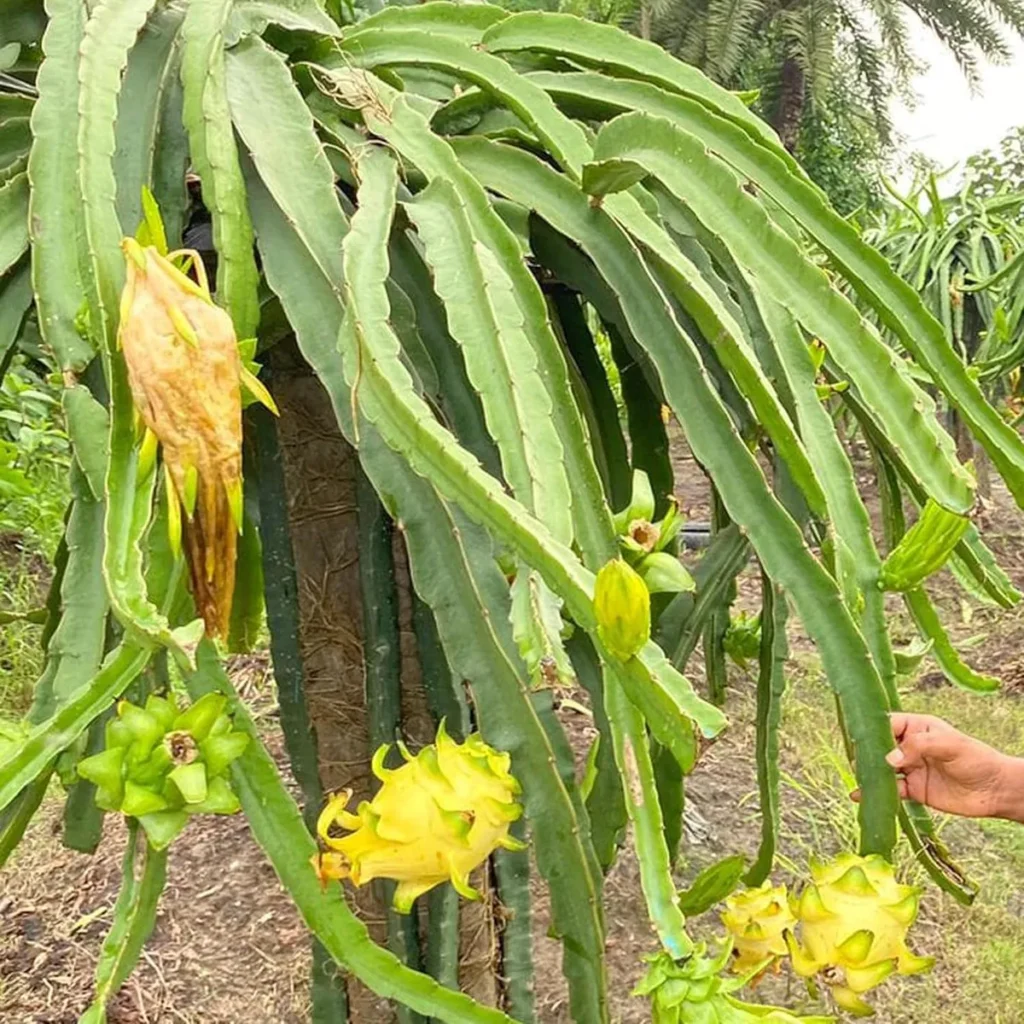
Fertilizers can make or break your flowering efforts. Many growers make the mistake of over-fertilizing with nitrogen-rich formulas, which results in lush green growth but few blooms.
Recommended fertilization strategy:
- Early growth (Spring): Use a balanced fertilizer (e.g., 10-10-10 NPK) every 2 weeks.
- Pre-bloom stage (Late Spring): Switch to a bloom-booster fertilizer high in phosphorus and potassium (e.g., 5-10-10 or 0-10-10) to stimulate flower production.
- Organic options: Well-aged compost, seaweed extract, bone meal, and worm castings support overall plant health and encourage flowering.
Tip: Overfeeding can lead to salt buildup in pots. Flush the soil with clean water every 6 weeks to prevent root damage.
5. Prune for Flowering Success
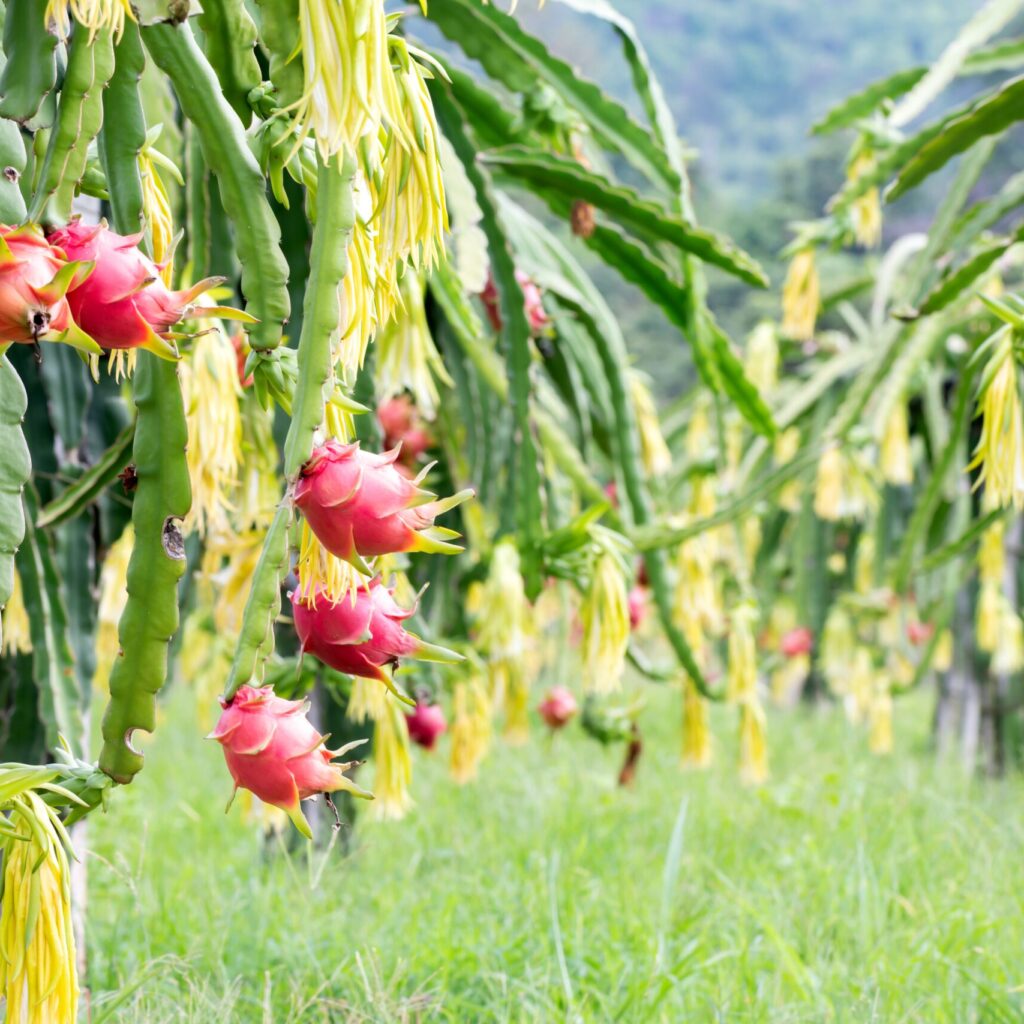
Pruning dragon fruit plants correctly helps channel the plant’s energy into producing flowers instead of unnecessary growth. A well-pruned plant receives more light and air, which improves its productivity.
How to prune:
- Remove dead, damaged, or overly long stems.
- Maintain a balance between new and mature growth.
- Train the plant upward with a central leader stem, then allow branching near the top.
Trellising tips:
- Use a T-post or vertical wooden/metal pole with a circular top frame.
- Allow branches to cascade from the top; flowers and fruit generally form on the ends of mature stems.
6. Proper Watering and Drainage
Inconsistent watering leads to stress, which can suppress flowering. While dragon fruit is a cactus, it needs more frequent watering than desert cacti, especially during the growing and flowering season.
Watering schedule:
- Water deeply once or twice a week during warm months.
- Let soil dry slightly between watering; soggy soil leads to root rot.
- In winter, reduce watering to once every 2–3 weeks or as needed.
Soil tip: Use a well-draining cactus mix with perlite or sand to ensure oxygen reaches the roots.
7. Encourage Pollination and Flower Retention
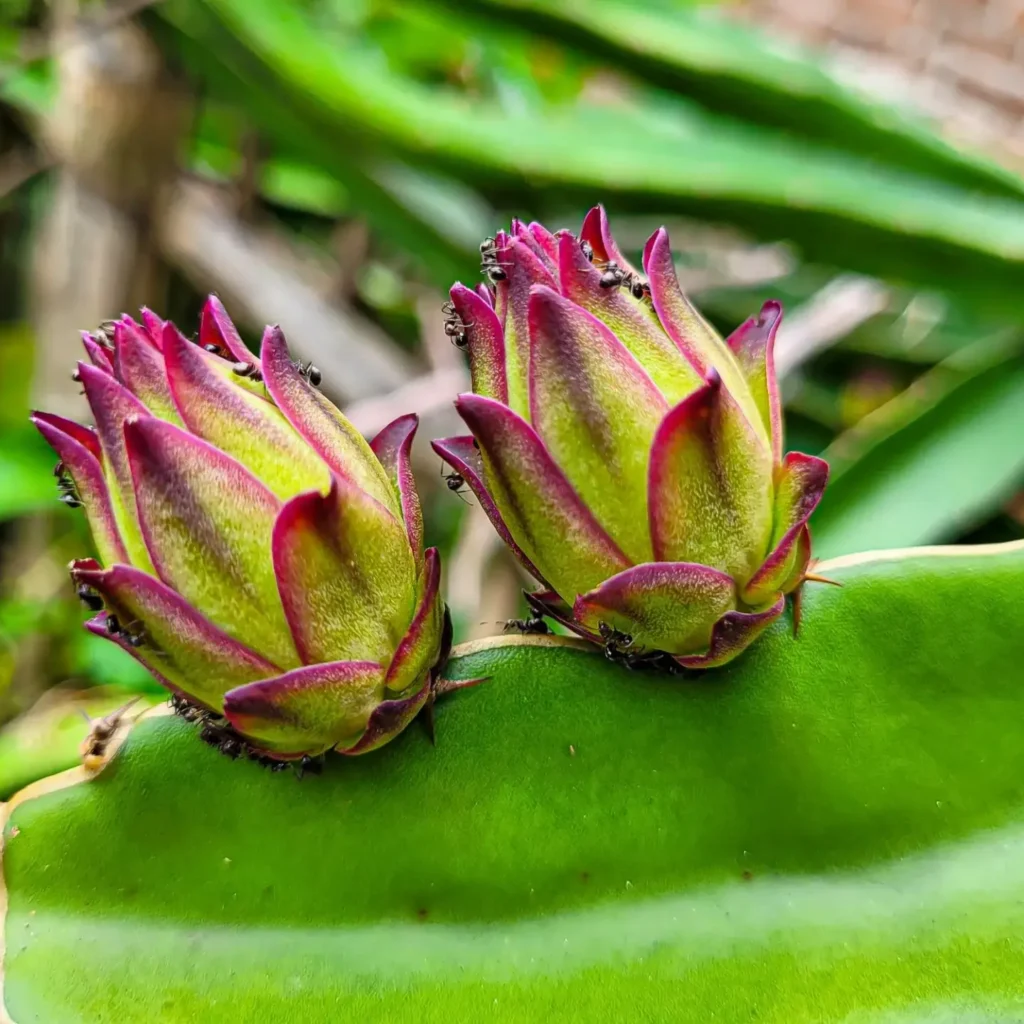
Even when flowers form, they may drop without producing fruit if pollination doesn’t occur. While some varieties are self-pollinating, many require cross-pollination to set fruit.
Pollination tips:
- Hand-pollinate flowers at night or early morning using a soft brush to transfer pollen from one flower to another.
- If growing indoors, this step becomes critical as there may be no insects present.
Pest alert: Watch for ants, aphids, or mealybugs feeding on blooms or stems. They can hinder flower development and pollination.
8. Stress the Plant (Moderately)
Surprisingly, mild stress can sometimes trigger flowering as a survival mechanism.
Controlled stress methods:
- Slightly reduce watering for 2–3 weeks, then resume normal watering to simulate a “rainy season.”
- Lightly root-prune pot-bound plants to stimulate flowering hormones.
Use these techniques carefully—excess stress can backfire and weaken the plant.
9. Grow the Right Variety
Not all dragon fruit varieties perform equally in all climates. Some are more adapted to certain temperatures and day lengths.
Popular flowering and fruiting varieties:
- Hylocereus undatus (white-fleshed)
- Hylocereus costaricensis (red-fleshed)
- Hylocereus megalanthus (yellow-skinned)
Choose varieties known for good flowering and fruiting habits in home gardens or containers.
Final Thoughts
Encouraging more flowers on your dragon fruit plant involves a mix of patience, good gardening practices, and an understanding of the plant’s natural preferences. With the right light, nutrients, structure, and care, your dragon fruit will reward you with stunning night blooms and a bountiful harvest.
Whether you’re growing on a rooftop, balcony, or backyard, mastering these techniques can help you enjoy the full beauty and bounty of this tropical treasure.

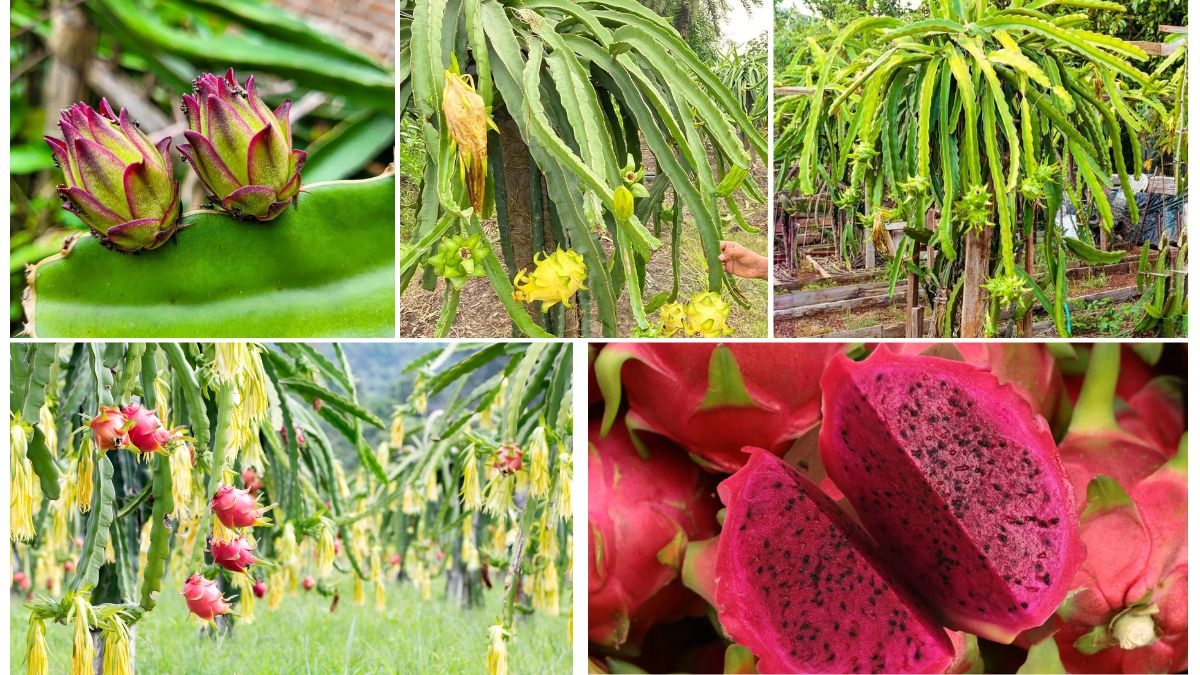





Leave A Comment